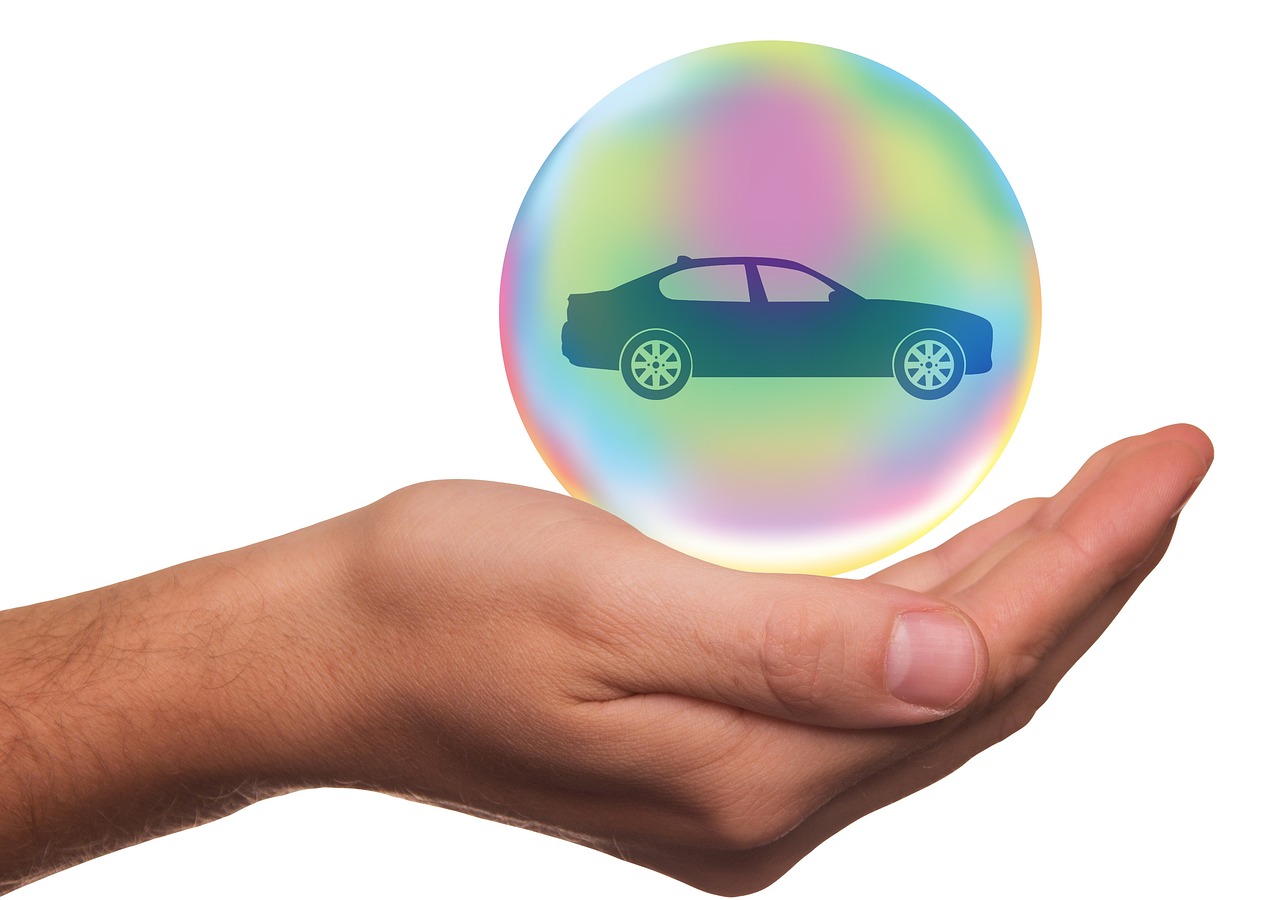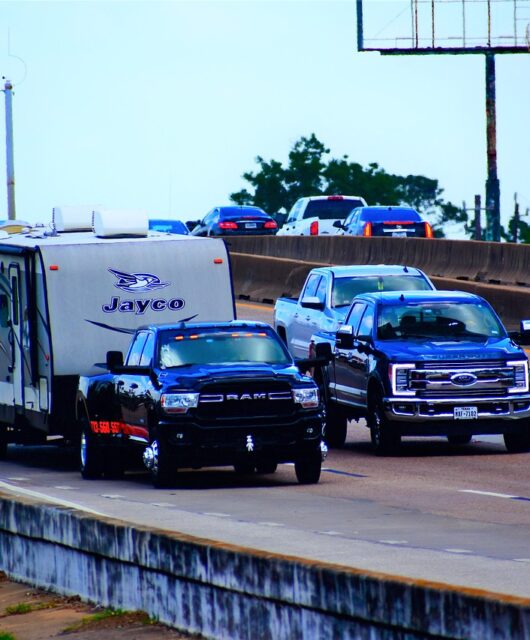The Pros and Cons of Opting For Minimum Coverage

Choosing the type of car insurance you want can take time and effort. People often want enough coverage to protect their assets in an accident.
Minimum car insurance, liability-only or bare-bones auto insurance, can provide this protection. It is a good option for drivers with limited assets or leasing or financing cars.
Table of Contents
Liability Coverage
Every state has car insurance laws requiring drivers to purchase specific liability coverage. This is typically referred to as minimum coverage or basic car insurance. In the event of an accident, liability insurance covers the expenses incurred from any harm caused to other individuals or their vehicles. However, it cannot cover your vehicle or personal injuries if you are in an accident. Many car insurance professionals recommend purchasing higher property damage limits, bodily injury coverage, and comprehensive collision coverage to protect your assets.
If you are involved in a severe accident with damages that exceed your policy’s liability limits, it could cost you big. You may be required to sell your car, use your savings or have your paychecks garnished to pay off the debt balance. For this reason, it is essential to have enough liability coverage for the worst-case scenario. A good rule of thumb is to purchase a policy that covers the value of your car in case you are in an accident and have to replace it.
Uninsured/Underinsured Motorist Coverage
Adding uninsured and underinsured motorist coverage to your car insurance is extremely important. This type of coverage covers bodily injury and property damage expenses when the other driver lacks car insurance, or their liability limits are so low they don’t fully cover the accident’s costs. Generally, it’s a cheap and affordable way to protect yourself in a crash with an uninsured driver.
UM/UIM is especially beneficial if you live in a state where many drivers don’t have car insurance or their liability coverage limits are so low they can’t pay for your damages when an accident occurs. In addition, some states allow you to stack UM/UIM with your existing car insurance policy to increase the total amount of money available for a claim. Coverage options, deductibles, and discounts may vary by state and policy. Please consult your car insurance provider or visit www.carinsurancecheap.net for more information.
Comprehensive Coverage
If your car gets damaged for reasons other than a collision, having comprehensive coverage can help pay for repair or replacement expenses. This includes theft, fire, vandalism, and hitting an animal. It can also cover you in the case of an uninsured driver.
However, the 10% rule is good to remember: if your premium costs more than 10% of your car’s cash value, it may be time to drop comprehensive. Of course, other factors (like whether your car is worth a lot of money or you’re still making payments) also come into play.
Another benefit of comprehensive is that it offers additional protections, including towing and labor coverage and rental reimbursement. These are not required by law, but they can be helpful if you get into an accident. You can also add Supplementary Uninsured/Underinsured Motorist coverage for an extra fee, which provides higher coverage limits than the basic required uninsured/underinsured motorist coverage.
Collision Coverage
In the event of a collision, this type of coverage helps pay to repair your vehicle and cover damage to your car from hitting an uninsured or underinsured motorist. Most lenders require this insurance if you’re leasing or financing your vehicle.
You can choose to drop this coverage if the value of your car drops below its annual premium and deductible. The best way to determine this is to estimate your vehicle’s value and compare it against your deductible.
Another benefit of dropping collision coverage is saving on your monthly car insurance premiums. The cost of auto insurance can quickly add up, especially if you’re paying for multiple types of car insurance. The minimum coverage approach could lower overall expenses and allow you to afford additional policy features like roadside assistance or rental car coverage. These benefits could be worth the extra expense if you’re worried about being unable to afford car repairs in case of an accident or value peace of mind.









